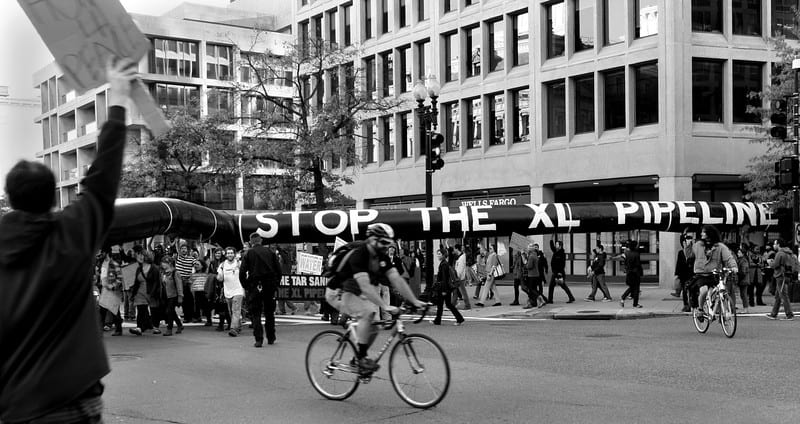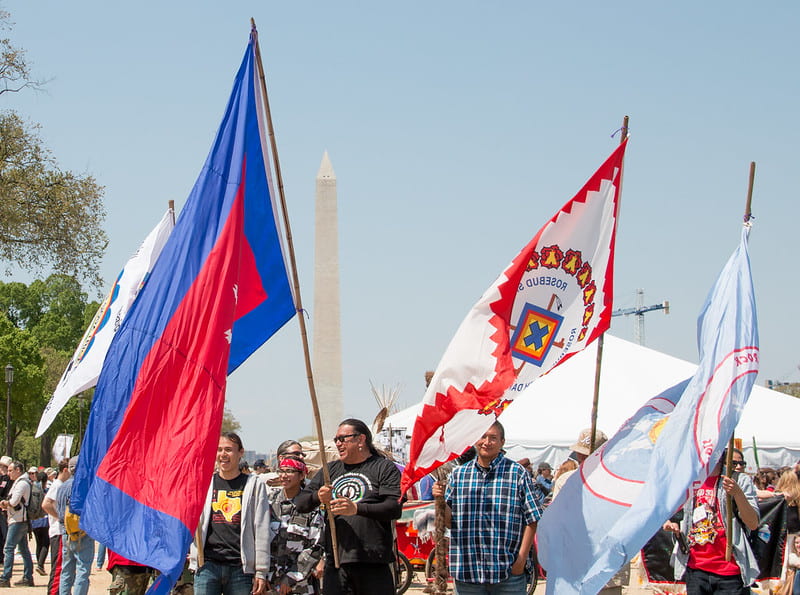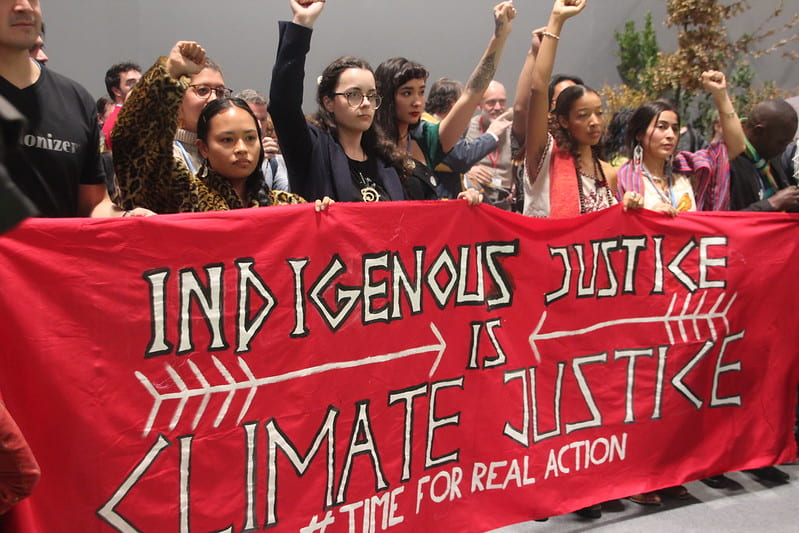
On his first day in office, President Joe Biden signed an executive order canceling the Keystone XL Pipeline Project. The pipeline, which had severe environmental and human rights implications, has been on a long road towards failure. This pipeline was proposed in 2008 and has been referred to as either the Keystone XL pipeline or KXL. In 2015, the Obama administration vetoed the pipeline due to its potential threats to the climate, drinking water, public health, and ecosystems of the local communities. In 2017, the Trump administration reversed Obama’s veto, signing an executive order to advance the Keystone pipeline as well as a similar crude oil project, the Dakota Access Pipeline despite the many valid arguments made against the two pipelines. President Trump also issued a cross-border permit to the pipeline developer, a permit that had been long sought after for the developers. Since the approval, the Trump administration has been sued twice by environmental organizations and lost each time.
The Keystone XL pipeline was proposed by the energy infrastructure company TC Energy. It was proposed to be an extension of the existing Keystone Pipeline System, which has been in operation since 2010. The goal was to transport 830,000 barrels of crude, tar sand oil to refineries on the American Gulf Coast each day. Tar sands lie beneath the northern Alberta boreal forest. They contain a form of petroleum called bitumen, a relatively sludgy substance that can be turned into fuel. Because of the highly corrosive and acidic nature of the tar sands oil, there contains a higher likelihood that the pipeline will leak. A study set between the years 2007 and 2010 found that pipelines carrying tar sands oil spilled three times more per mile than pipelines carrying conventional crude oil. The southern portion of the pipeline, from Oklahoma to Texas, has already been completed. This portion of the pipeline is called the Gulf Coast Pipeline. The climate impact of a complete and fully operational Keystone XL would be drastic. It would increase mining by accelerating the production and transportation of crude oil. It has also been determined that tar sands oil emits 17 percent more carbon than other forms of crude oil. In 2017, the US State Department released a study which proved that carbon emissions could be between 5 and 20 percent higher than the original 17 percent estimation. This means an extra 178.3 million metric tons of greenhouse gas would be emitted annually, a similar impact to 38.5 million cars.

President Biden’s executive order was a landmark achievement and a sigh of relief for indigenous and environmental activists alike. Indigenous leaders are encouraging him to go even further and cancel more controversial fossil fuel projects, such as the Dakota Access pipeline. Several indigenous leaders, including Dallas Goldtooth of the Mdewakanton Dakota and Dine nations and Faith Spotted Eagle of the Ihanktonwan Dakota nation, have seen Biden’s executive order as a sign of the administration keeping its campaign promise to work against climate change and work with indigenous communities. Many indigenous populations have fought for over a decade to defend their water and land rights against fossil fuel companies. Goldtooth called Biden’s decision a “vindication” of the hard work and struggle many indigenous communities have put forth in protest of the pipeline. Pipelines like the Keystone XL and Dakota pipelines as well as other fossil fuel projects actively pollute native land and water resources as well as consistently contribute to global warming due to their high greenhouse gas emissions.
A similar crude oil project, the Dakota Access Pipeline has received media attention in previous years due to the police and state reactions to the protests over its creation. This pipeline transports 470,000 barrels of crude oil from North Dakota to Illinois, over 1,172 miles. The pipeline continually threatens the sanctity of indigenous sacred lands and the purity and safety of the local water supply. The Standing Rock Sioux tribe has been one of the most vocal groups in working to oppose the creation of the Dakota Access Pipeline. There did occur a series of protests for many months, in opposition of the creation of the pipeline. The protests were primarily peaceful, with camps and prayer circles set up on the land where construction was to take place. However, despite youth and elderly leaders being in the front during the inevitable standoffs with police, Mace, tasers, and rubber bullets were used against the protestors.

The briefest look at American and Canadian history clearly shows that the pipeline situations are most certainly not the first instance of the government refusing to respect the lands, waters, and even peoples of indigenous groups. Until 2016, Canada officially objected to the United Nations Declaration on the Rights of Indigenous Peoples. Canada is considered one of the most water-rich countries in the world and yet many indigenous communities continue to be provided with inadequate access to safe drinking water which provides a large public health concern for these communities. The Canadian federal government refused to provide child and family services funding for indigenous children living on reserves, a purposeful discrimination tactic against indigenous communities. It has been determined that the pervasive violence against indigenous women amounts to genocide.
In the United States, there live over 5.2 million indigenous peoples and among them, 573 federally recognized tribes, numerous unrecognized nations, and many communities scattered across the North American continent, displaced by a long history of western oppression and forced assimilation. Between the years of 1778 and 1871 alone, the United States government has signed over 370 treaties with different indigenous nations, nearly all of which promised peace, defined land boundaries, and protection of land, water, and hunting rights. Based on the current status of indigenous peoples within the United States, it is evident that these treaties and those that followed were either never fulfilled or were manipulated to provide leverage for the United States government. President Biden’s executive order ending the construction of the Keystone XL is a very hopeful step forward, however it needs to serve as a pushing off point for the administration to continue furthering both environmental and indigenous rights.
